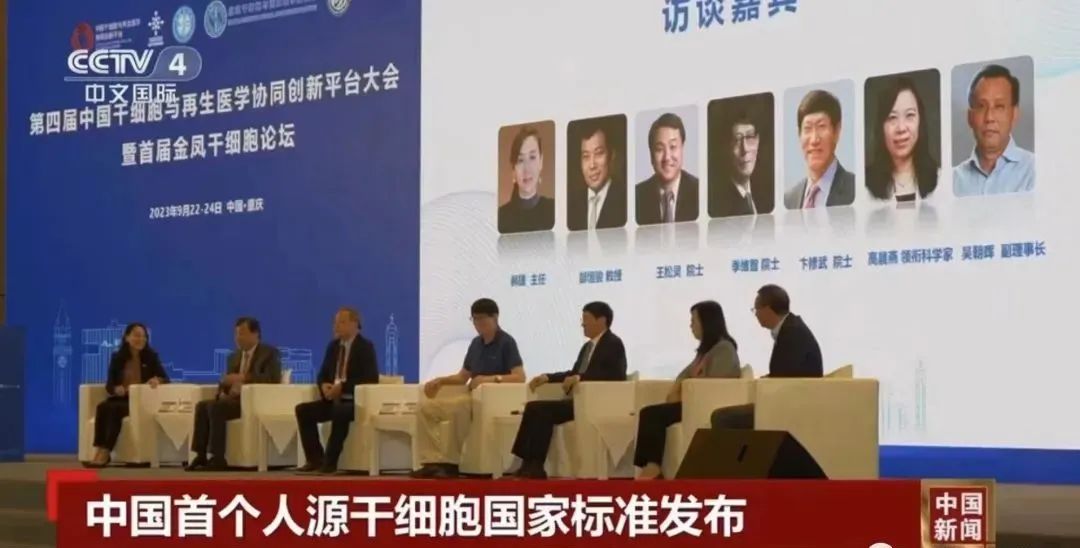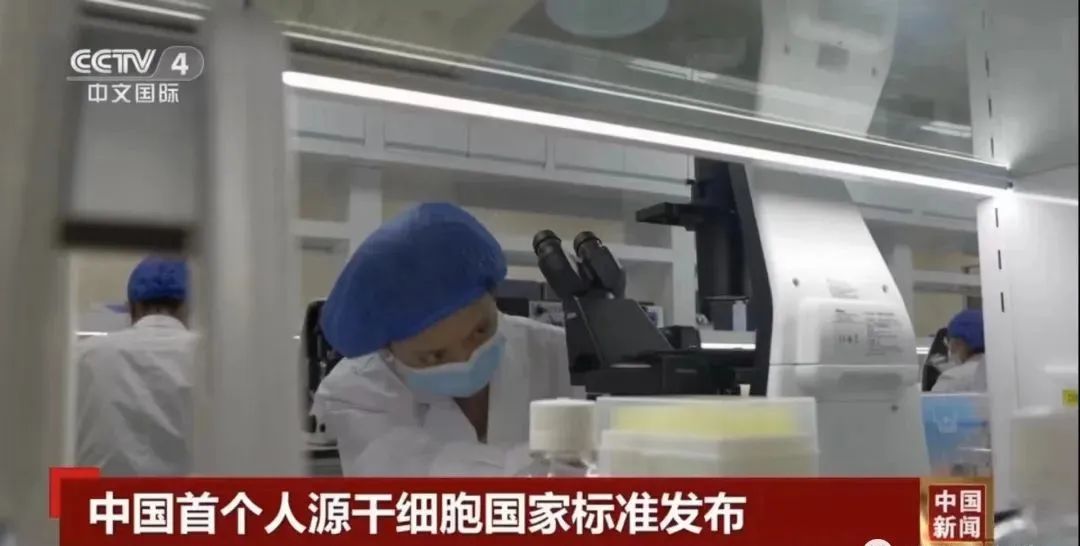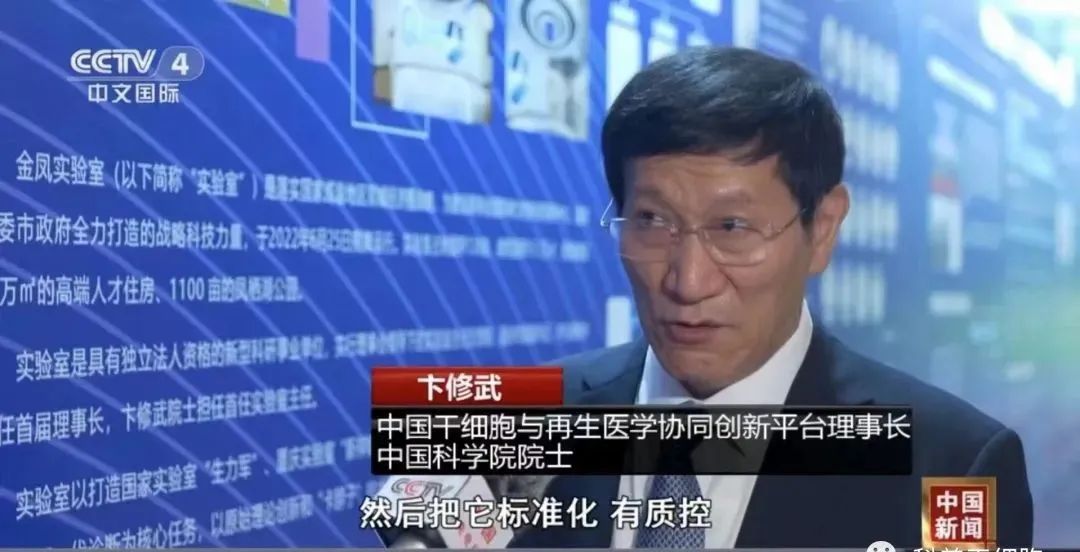
Source: Chinanews.com
On September 23, 2023, the fourth China Stem Cell and Regenerative Medicine Collaborative Innovation Platform Conference and the first Jifeng Stem Cell Forum were held in Chongqing, and the conference officially released China's first national standard of personal stem cells, "Biological sample Bank pluripotent stem cell Management Technical Specifications" (GB/T42466-2023).
The release of this national standard marks that China has standard technical support in the management of stem cell sample banks, which is of great significance to promote the standardization and standardization of stem cell research and application in China, and also provides an early example for the development of follow-up relevant standards in the field of stem cells.

The Technical Specification for the Management of pluripotent Stem Cells in Biobank stipulates the general technical requirements for the management of human pluripotent stem cells and mouse pluripotent stem cells in Biobank, including the management and technical requirements for general principles, collection and reception of raw materials and related data, establishment, recovery and culture, freezing and storage, quality control, distribution and transportation. This standard is applicable to the management of human pluripotent stem cells and mouse pluripotent stem cells in biobank, but not to the management of biological samples intended for clinical treatment.
"We have group standards and international standards for the emerging field of stem cells. What is missing is national standards." Zhao Tongbiao, director of the Standards Working Committee of the Chinese Society of Cell Biology and leader of the Standards Working group of the China Stem Cell and Regenerative Medicine Collaborative Innovation Platform, said that the national standard released today plays a basic, standardized and standardized role in the development of the entire stem cell field. He said that the stem cell field is a forward-looking area of biotechnology, and after an emerging field forms a standard, it will also play an important role in the development of other industries or fields.

Bian Xiuwu, academician of the Chinese Academy of Sciences and director of the Jinfeng Laboratory, said that the national standards released this time are, on the one hand, to let researchers and people understand the need for standards in the field of stem cells, and are not used casually; On the other hand, R&D institutions can actively build platforms and use stem cells against standards to ensure safety and effectiveness.

He believes that the stem cells themselves are seeds, but the seeds also need to have standardized, standardized sources. "We hope to cooperate with the national stem cell resource bank and set up the Southwest stem cell resource bank in Chongqing, based on Chongqing, so that the stem cell industry can develop in a standardized, standard and compliant way."
"Ultimately, stem cells hope to become new treatments or drugs that benefit human health. Scientists around the world now want stem cells to be treated like traditional drugs. There must be standards." Ji Weizhi, academician of the Chinese Academy of Sciences, believes that at present, the standards in the field of stem cells are still facing great challenges, and the standards formulated today are the best results to adapt to the current development period. With the in-depth development of stem cell theory and technology research, there will be new standards in the future, and the existing standards will continue to improve.